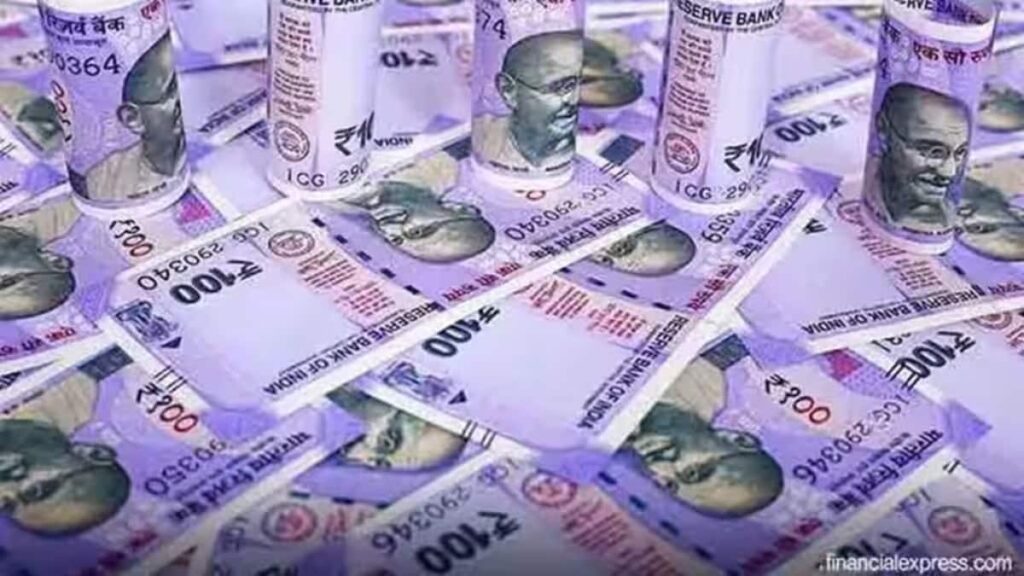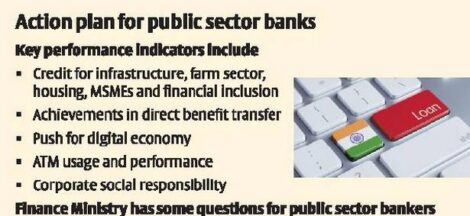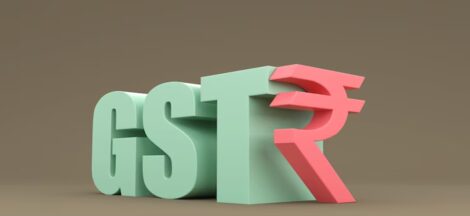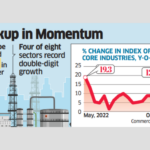NEW DELHI: Despite the fiscal challenges faced by state governments, they will continue to play an important role in boosting the capex and in turn the economic growth of the country, India Ratings said in a report.
This could be gauged from the fact that during FY11-FY18 (BE), nearly three-fourths of the combined developmental capex by the Centre and states was incurred by state governments.
The role and responsibilities of three different tiers of the government — union, states and local bodies (urban and rural) — are defined by the constitution of India. Almost the entire non-developmental expenditure in the economy is incurred by the union government; however, the picture is entirely different in case of developmental expenditure.
During FY11-FY17(BE), the proportion of aggregate capex of state governments in the combined non-developmental capex of the Centre and states increased to 13.7% in FY18(BE) from 0.3% in FY91, India Ratings said.
State governments’ non-developmental capex is in the form of compensation to landholders and capex on stationery, printing and other administrative services.
On the other hand, the proportion of states’ aggregate developmental capex in the combined developmental capex of the Centre and states increased to 73.6% in FY18(BE) from 55.7% in FY91, it said.
“State governments capex has been providing support to general government capex. The state government capex is focused towards not only the creation of physical infrastructure such as roads, irrigation, power etc, but also improving the quality of life — health, urban development — and trained labour force (education),” said Devendra Kumar Pant, chief economist and head public finance, Ind-Ra.
While physical infrastructure is important from the growth point of view, an educated labour force helps in sustaining growth by quick adaptation of newer technology, he added.
During the period of fiscal adjustment, capex is a soft target and bears the brunt of fiscal adjustment. At an aggregate level, states’ aggregate revenue deficit and capex trend for FY04-FY10, FY11-FY15, FY16-FY20 and FY21-FY23 suggests insignificant impact of states’ fiscal position on their aggregate capex.
The coefficient of correlation between the revenue balance/GDP and capex/GDP during the four periods mentioned above ranges from 0.87 to 0.93, suggesting a strong impact of states’ fiscal position on capex.
A recent study by the Reserve Bank of India suggests that a 1% increase in the capital outlay could lead to 0.82-0.84% increase in GSDP. However, to increase capex either by the state or union government, the fiscal position of the economy has to improve. States with a better fiscal position are able to incur more capex, which provide support to the economic growth.
Source: The Financial Express




 Core Growth Surges 12.1% In October, Govt Capex Push Plays Key Role
Core Growth Surges 12.1% In October, Govt Capex Push Plays Key Role 